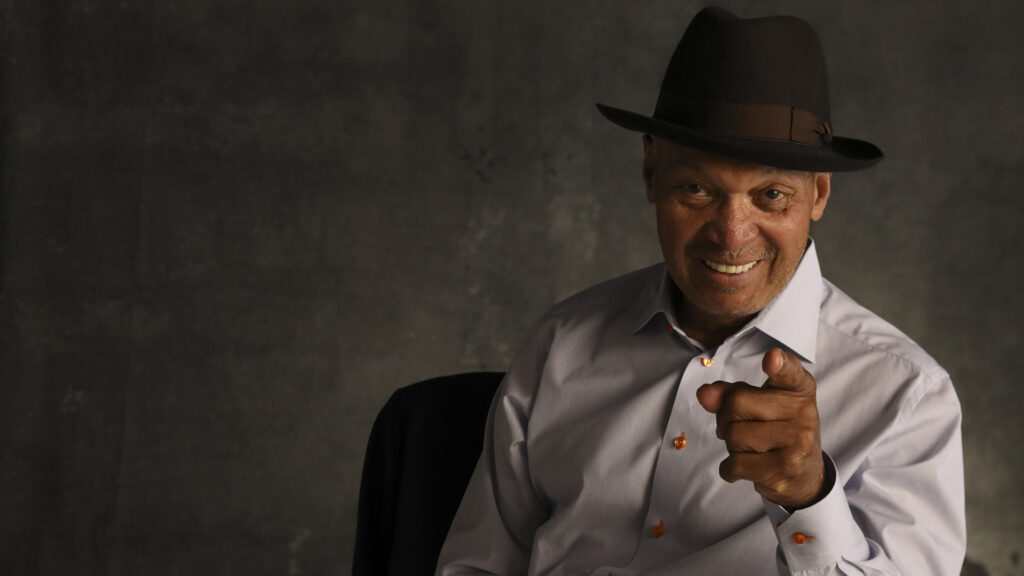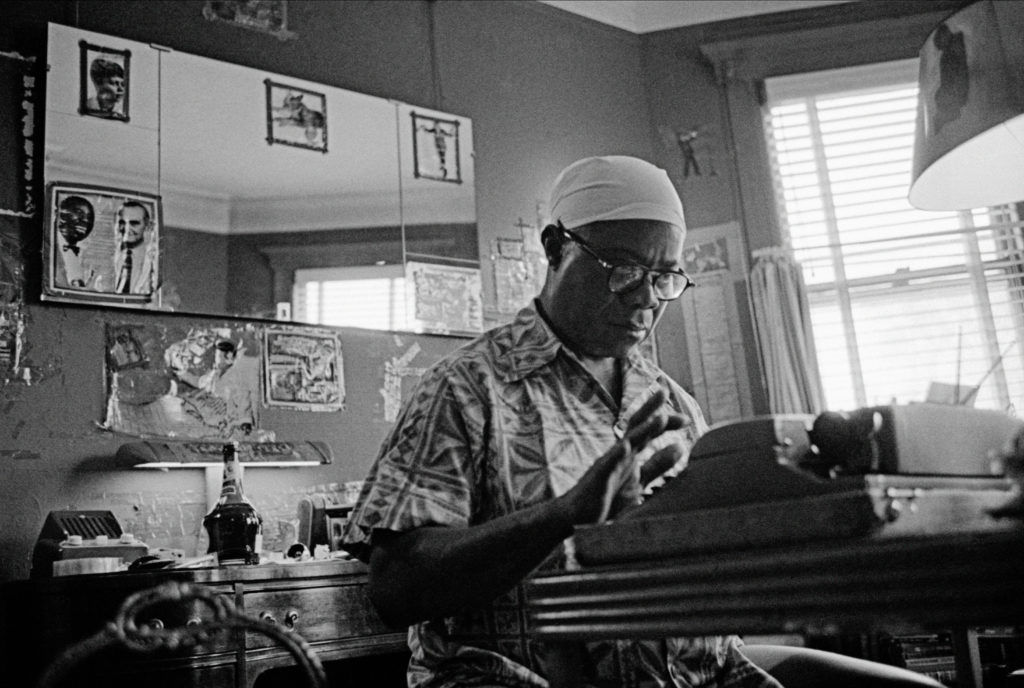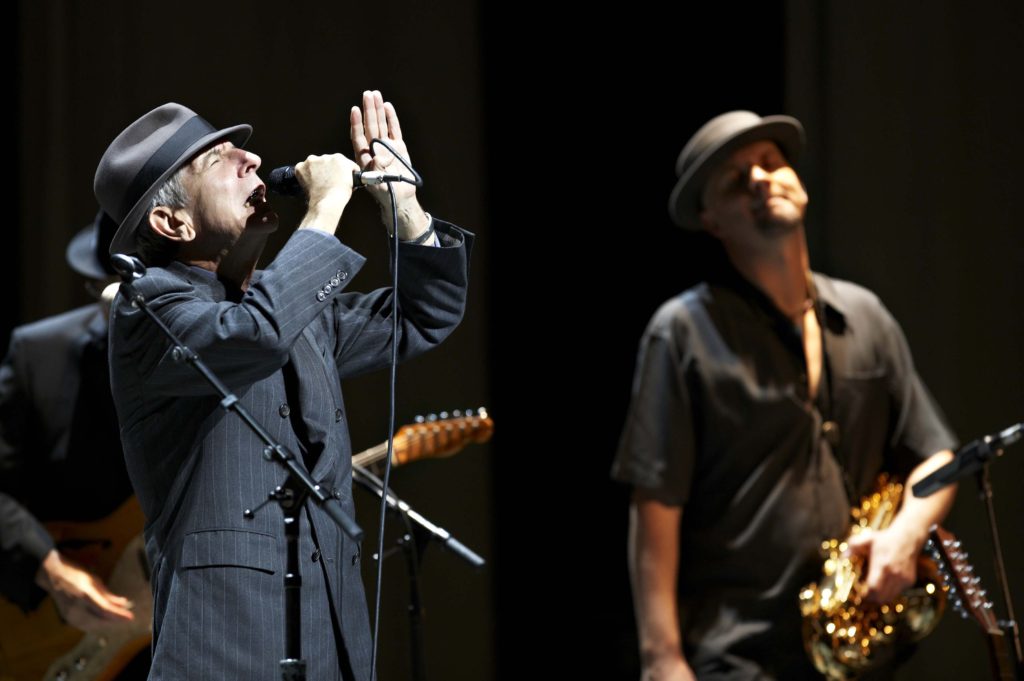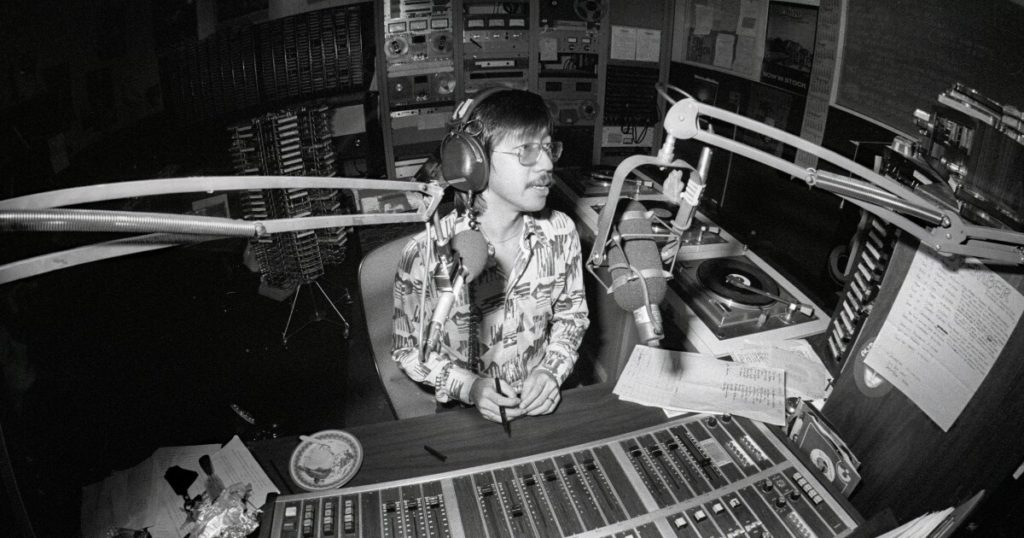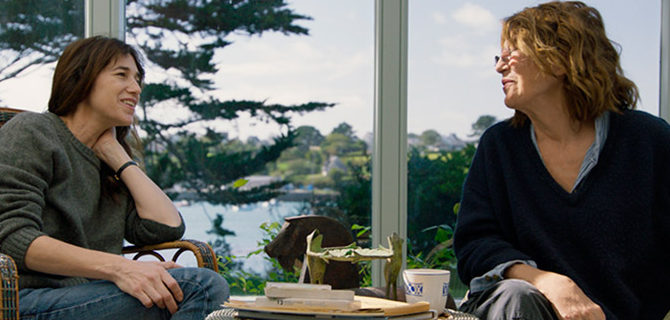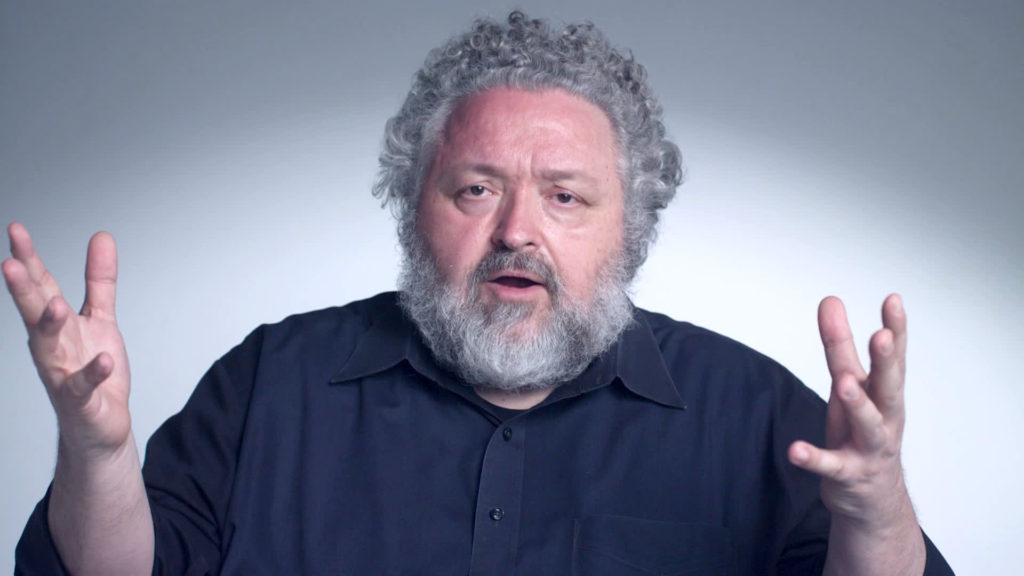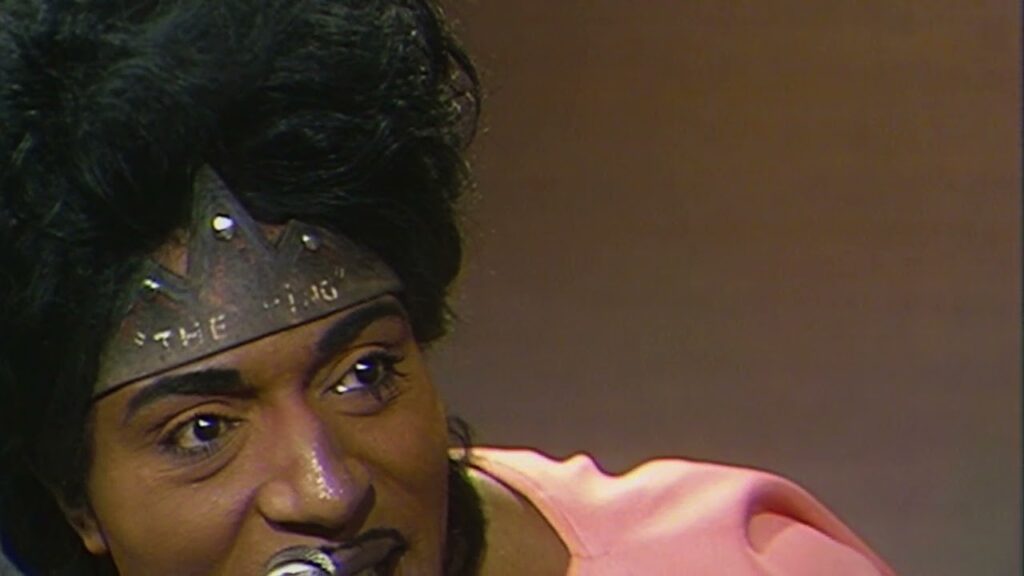
Little Richard: I Am Everything traces the life of the trailblazing rock-and-roller, and it is NOT your paint-by-the-numbers showbiz biodoc. Director Lisa Cortés (Primetime Emmy winner) has superbly framed the two defining aspects of Little Richard – an unfettered confidence in his exuberant performances and an uneasy assessment of himself as a flamboyant gay man.
As one would expect, Cortés lays out Little Richard’s importance in the very beginning of rock and roll – writing hard-driving hits, many with unmistakably sexualized lyrics and performing them with then unseen animation. Before Elvis. During Jim Crow. Before African-American music was played on mainstream radio.
Most strikingly, from the very beginning, Little Richard never tried to dress or act like a heterosexual male. (Baby Boomers will recall that this was the age of an unconvincingly closeted Liberace and no other hints of homosexuality in American mass culture)
As much as we see Little Richard in later work by artists like David Bowie, Elton John and Prince, there were performers that Little Richard himself emulated. In a staggering achievement in sourcing, Cortés brings us photos and film of queer black performers of the 1940s whom Little Richard saw – and some he worked with as a teenager. I’ve seen plenty of documentaries on showbiz, LGBTQ and African-American history, and I’ve never seen much of this material.
Little Richard is a difficult case for queer people because, although he was an important role model who never DENIED being a gay man, he sporadically RENOUNCED his own sexual identity. He is a difficult case for all of us, because his music would celebrate sex as naughty fun, but then he would occasionally scare himself back into backwoods religion.
Little Richard: I Am Everything also reveals the original lyrics of Tutti Frutti, and how they were cleaned up to Tutti frutti, oh rootie.
David Bowie is joined by Mick Jagger, Paul McCartney and Tom Jones in appreciating Little Richard’s pioneering career. John Waters reveals that his own pencil-thin mustache is an homage to Little Richard’s.
Little Richard: I Am Everything touches on rock music, race in America, drugs, sex and sexual identity – and spends a lot of time on sex and sexual identity sex drugs. It’s a remarkable insightful profile of a complicated man who was himself very fun for us to watch.

